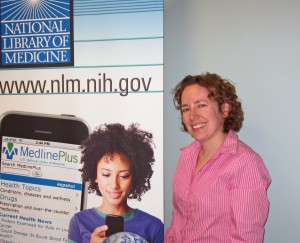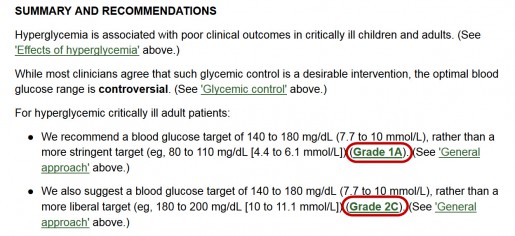![]() We all use Wikipedia. It’s quick, easy and free! However, because the wiki model allows anyone to edit content, Wikipedia is sometimes just plain wrong. This is not a problem if you’re looking for song lyrics, but does become a concern when searching for accurate medical information.
We all use Wikipedia. It’s quick, easy and free! However, because the wiki model allows anyone to edit content, Wikipedia is sometimes just plain wrong. This is not a problem if you’re looking for song lyrics, but does become a concern when searching for accurate medical information.
Regardless, the use of Wikipedia as an accepted information resource is evident within the health science community. A recent survey reports “…nearly 50% of U.S. physicians who go online for professional purposes use Wikipedia for information, especially on specific conditions.”1 Since 2011, Wikipedia has been cited as a reference with increasing frequency in peer-reviewed health science papers.2 While Wikipedia has both champions and detractors, this fact remains: “[A]rticles relating to medicine are viewed more than 180 million times per month on Wikipedia, yet, less than 1 percent of these have passed a formal peer review…”3—the universally accepted process which ensures the quality of scientific research.
In response, over the last decade, WikiProject Medicine—a subgroup in Wikipedia—has been dedicated to improving the quality of medical information contained on the Web site. In addition to the 540+ Wikipedian volunteers, other collaborators in this effort include:
- Medical students at the University of California San Francisco, who earn course credit for editing and adding citations to Wikipedia medical topics;4
- The Cochrane Collaboration, which is sharing expertise to improve the evidence-base within Wikipedia medical articles.5
While WikiProject Medicine continues working towards their laudable goal of “…giving the general public and health care professionals a text they can all read, appreciate, and respect, free of charge,”6 Wikipedia—like any other encyclopedia—remains a tertiary information resource. For that reason, we encourage you to make use of the excellent HSLS resources specifically designed to help in your efforts to turn evidence into practice.
For example, you can access critically-appraised topics which evaluate and synthesize multiple research studies via Clinical Evidence or ACP Smart Medicine, or locate evaluations and synopses of individual research studies through EvidenceUpdates or ACP Journal Club. The gold-standard Cochrane Database of Systematic Reviews supplies detailed, structured topic reviews with conclusions about the available evidence to inform health care decision-making. These and many other highly reliable resources are available via HSLS Evidence Based resources.
HSLS librarians can provide guidance in effective use of these information resources. To request assistance, please use Ask a Librarian.
~ Rebecca Abromitis
- M. Aitken, T. Altmann, D. Rosen, “Engaging Patients through Social Media: Is Healthcare Ready for Empowered and Digitally Demanding Patients?” IMS Institute for Healthcare Informatics (January 2014): 17, accessed October 14, 2014, http://www.imshealth.com/deployedfiles/imshealth/Global/Content/Corporate/IMS%20Health%20Institute/Reports/Secure/IIHI_Social_Media_Report_2014.pdf.
- M.D. Bould, E.S. Hladkowicz, A.A. Pigford, L.A. Ufholz, T. Postonogova, E. Shin, S. Boet, “References That Anyone Can Edit: Review of Wikipedia Citations in Peer Reviewed Health Science Literature,” BMJ (March 6, 2014): 348:g1585, accessed October 10, 2014, http://www.bmj.com/content/348/bmj.g1585.
- “The Cochrane Collaboration. Evidence for Everyone, Everywhere,” accessed October 12, 2014, http://www.cochrane.org/features/evidence-everyone-everywhere.
- Juliana Bunim, “UCSF First U.S. Medical School to Offer Credit for Wikipedia Articles,” San Francisco, CA, accessed October 12, 2014, http://www.ucsf.edu/news/2013/09/109201/ucsf-first-us-medical-school-offer-credit-wikipedia-articles.
- “The Cochrane Collaboration. Evidence for Everyone, Everywhere,” http://www.cochrane.org/features/evidence-everyone-everywhere.
- “Wikipedia: WikiProject Medicine” 2014, accessed October 10, 2014, http://en.wikipedia.org/wiki/Wikipedia:WikiProject_Medicine.




